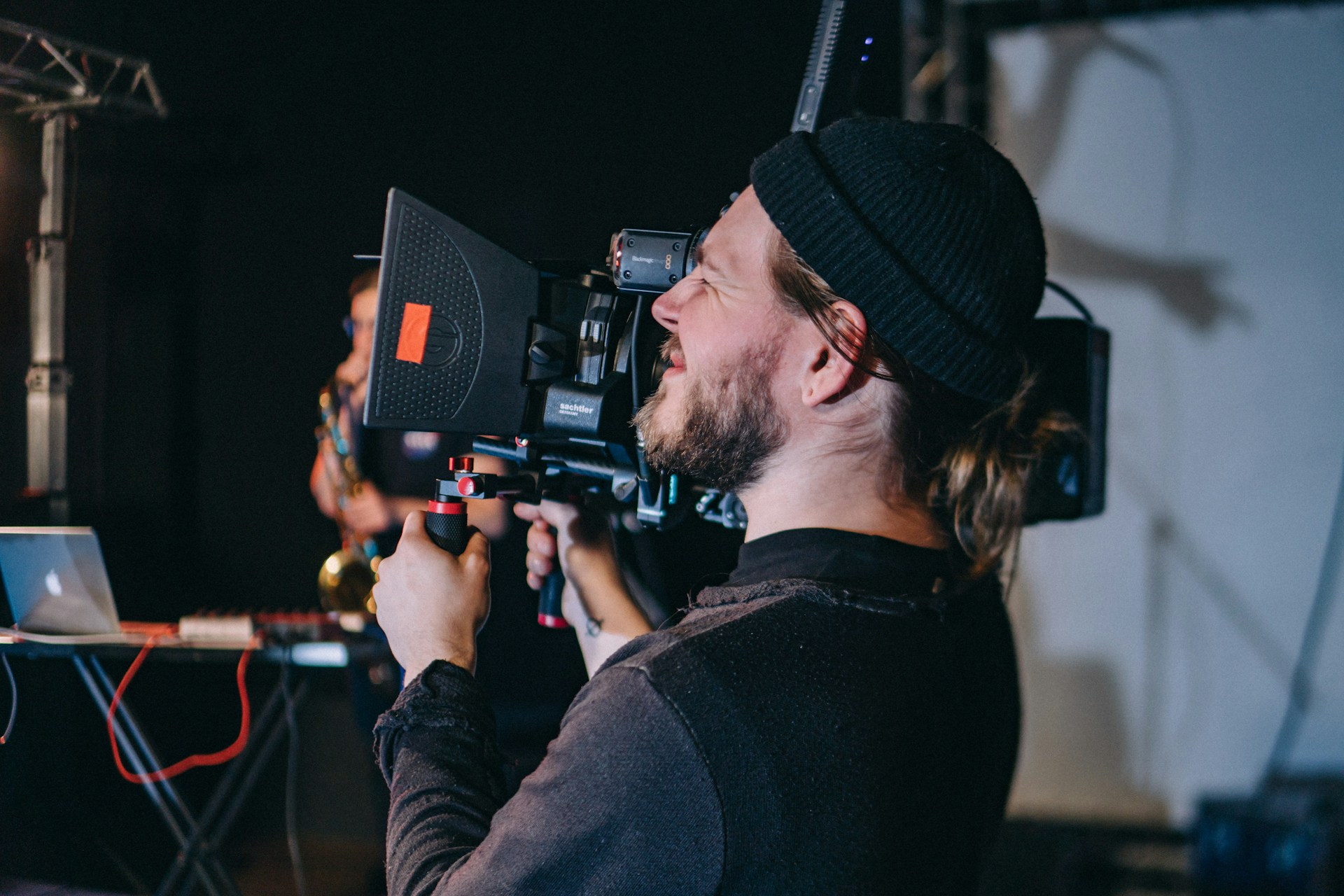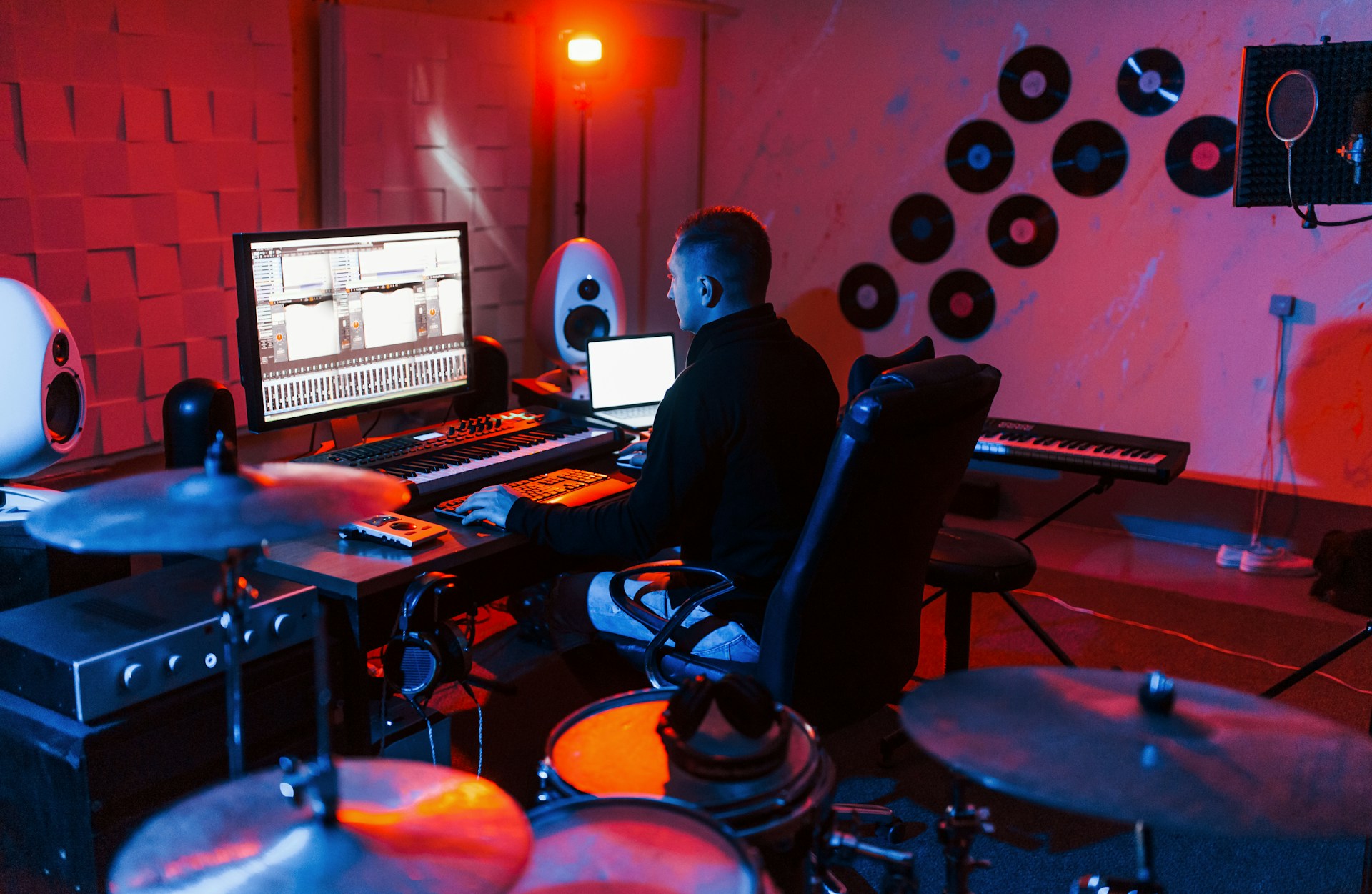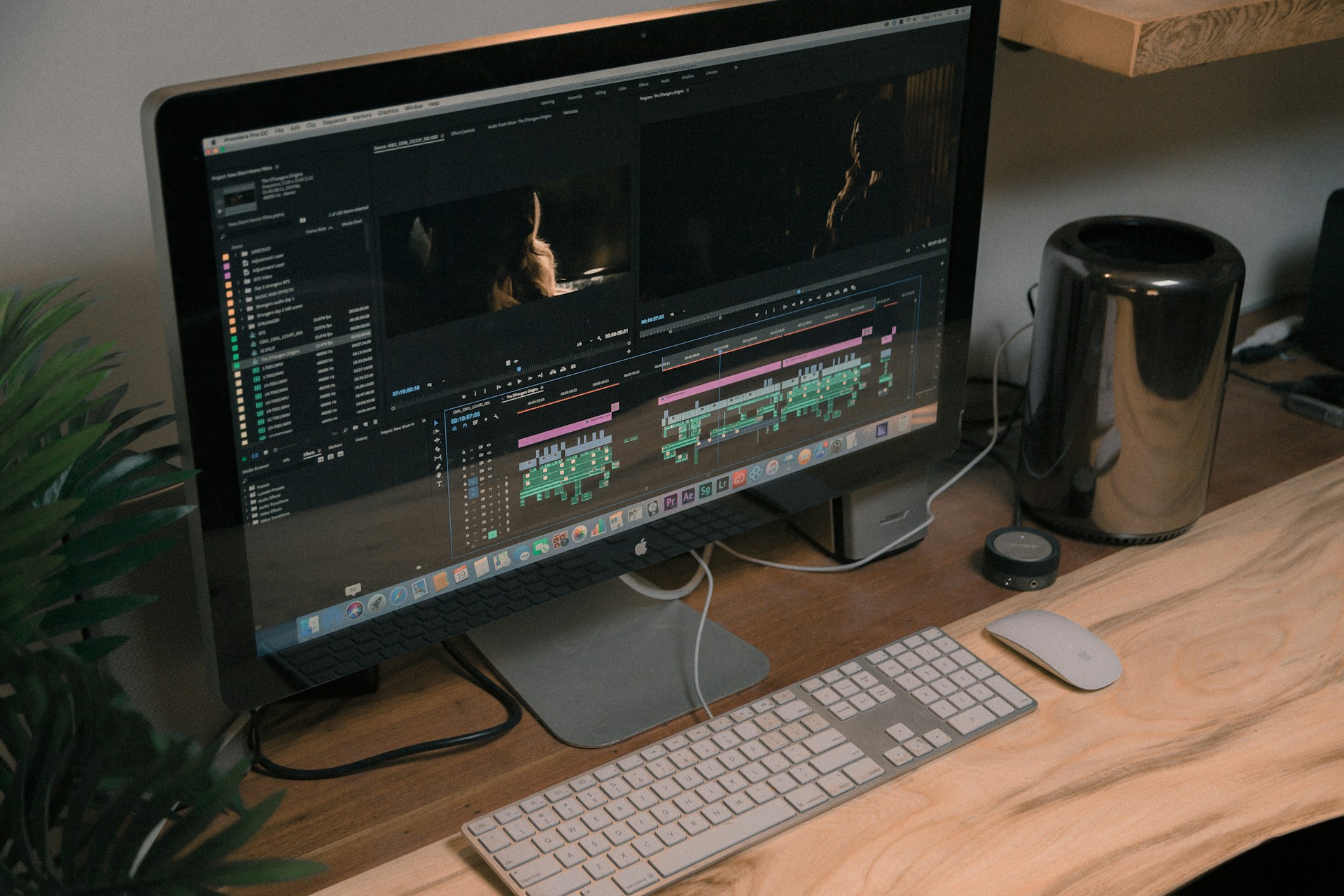Standing in front of a camera, reciting your company pitch can feel like an uphill climb coated with nerves. It’s the moment where your communication skills blend with your business acumen, presenting a distilled version of your best self. These feelings of anxiety are common, especially when the pressure to make a memorable impression is high. However, with the right preparation and mindset, you can transform that nervous energy into a confident performance that resonates with your audience.
The trick is not just about what you say, but how you say it. When pitching your business, looking calm and collected can be just as impactful as the content of your message. In this piece, we will explore practical strategies to help you stay relaxed and self-assured when creating company pitch videos. From prior preparation to setting up the perfect filming environment, we’ll guide you through the steps necessary to keep those nerves in check and let your true professional presence shine through.
Preparing Before Filming
Before hitting the record button, there’s a lot you can do to build your confidence and ease those butterflies. Preparation is one of the best ways to combat nerves, and it starts with practicing your pitch repeatedly. Here’s how to get started:
– Rehearse Your Script: Repetition is key. Practice delivering your pitch multiple times until you can say it smoothly without stumbling over words. This will help you become familiar with the flow of your content, making it feel natural when you’re on camera.
– Get to Know Your Material: Understand your script inside and out. If you know your pitch thoroughly, it reduces the likelihood of blanking out when it matters most. Remember, knowing what you’re going to say gives you the freedom to focus on how you say it.
– Visualise Success: Picture yourself delivering your pitch with confidence and poise. This mental preparation can be powerful, helping to reinforce a positive mindset before you step in front of the camera. Imagine yourself succeeding; this simple exercise can change how you approach the actual filming.
Preparation is not only about what you say but also about how you feel. Running through these steps can frame your mindset positively, making the transition into filming smoother and less daunting.
Creating a Comfortable Filming Environment
Once you’ve laid the groundwork with solid preparation, creating the right environment can significantly affect how you perform during filming. Your surroundings can either stress you out or help you feel at ease, so take charge of the space where you’ll be recording.
– Quiet and Calm Setting: Choose a location free from distractions and disturbances. A quiet space helps you focus better and reduces the chance of unexpected interruptions that can heighten anxiety.
– Light and Sound Quality: Good lighting can influence how confident and professional you appear on camera. Natural light is often the best choice, but if that’s not an option, make sure your space is well-lit. Sound quality is equally important – use a good microphone to ensure your audience can hear you clearly.
– Familiar Spaces Are Best: Whenever possible, opt for a setting you’re familiar with, like your office or a home workspace. These environments usually feel comfortable and can help reduce the stress often associated with unfamiliar settings.
By creating a controlled, relaxing atmosphere, you can help ease those nerves, allowing yourself to focus on delivering your pitch with clarity and assurance.
Techniques During Filming
Once you’re ready to start filming, staying calm and maintaining a positive body language are key to delivering an effective pitch. The act of filming itself can be intimidating, but there are simple techniques to help keep you grounded and in control.
– Breathing Tricks: Start by taking slow, deep breaths to manage your stress levels. This technique can calm your nerves almost instantly, making you feel more secure and self-assured as you speak.
– Engage With the Lens: When addressing the camera, try to maintain eye contact with the lens as though you’re talking to a person. This can make your delivery seem genuine and engaging, building a connection with your audience.
– Natural Body Language: Keep your posture open and relax your shoulders. Avoid fidgeting with your hands or crossing your arms, as these actions might convey nervousness. Instead, use gentle hand gestures to emphasise key points, making you appear more approachable and confident.
To put these into practice, imagine you’re speaking to a small group of friends rather than a broad audience. This shift in focus can make filming feel less formal and more personal, taking the edge off any performance anxiety you may have.
Post-Filming Tips
After the filming wraps up, the focus turns to reflection and continuous improvement. This stage is crucial for fine-tuning your performance and preparing for future pitches.
– Self-Review: Watch your recording through the eyes of your audience. Take notes on areas where you excelled and spots that could use further polishing.
– Seek Constructive Feedback: Share your video with a few trusted colleagues and ask for their honest opinions. Constructive feedback can offer fresh perspectives and suggestions that you might not have noticed yourself.
– Commit to Continued Learning: Make it a habit to refine your skills with each pitch. Note what worked well and apply these insights in future videos. Regular practice will help you grow more at ease on camera over time.
With each completed pitch video, you’ll gain new insights and build a stronger on-camera presence, steadily boosting your confidence and effectiveness.
Reflections on Perfecting Your Pitch
Mastering the art of delivering a company pitch video is a gradual journey of learning and adapting. By embracing the pointers discussed here, you can create a more polished and confident delivery that captivates your audience.
Through diligent preparation, creating a supportive filming environment, applying steady filming techniques, and engaging in thorough post-production analysis, you can transform nervousness into a dynamic presentation. Remember, the goal is progress, not perfection. With each pitch, you’ll find your voice growing stronger, leading to more impactful and convincing videos in the future.
Perfecting your business pitch takes practice and perseverance. If you’re looking to improve your presence on camera and need expert guidance, On Air offers a range of services to help hone your skills. Learn more about how we can assist with your next business pitch through our filming services. Let us support you in expressing your unique voice with clarity and confidence.






